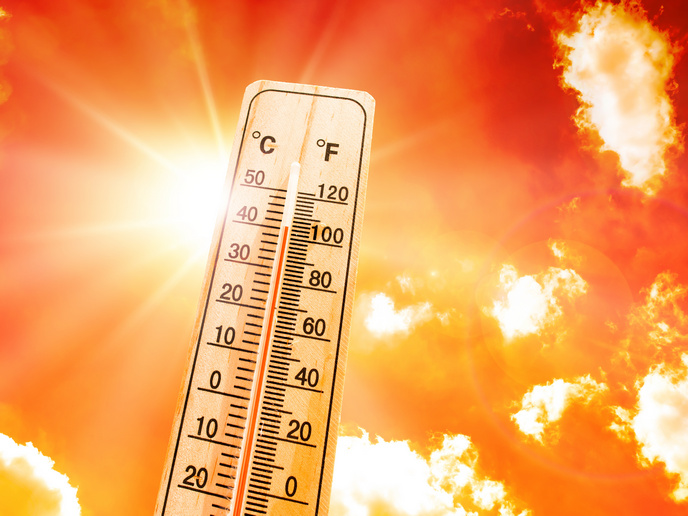Effect of elevated CO2 on nitrogen uptake in poplars
Tree growth is usually controlled by the availability of nitrogen. When plants were exposed to raised levels of atmospheric CO2 they frequently show an increase in growth and biomass. Over the long term this can result in more nitrogen being taken up from the soil environment. EUROFACE studied the use of nitrogen in trees of three different species of poplars within a plantation. The trees were exposed to free air-CO2 enrichment (FACE) and harvested at the end of the three year rotation cycle. The trees were then analysed to discover whether use of FACE had influenced the future nitrogen availability for the plantation. The long-lived woody material was used to determine nitrogen concentration and nitrogen content. The nitrogen uptake of tissue with a fast turnover, such as fine roots and leaf litter, was measured through the entire rotation cycle. The experiment revealed that despite higher productivity, nitrogen uptake by the different species of poplar trees did not change under raised levels of CO2. This was in comparison to normal background levels. As a result Nitrogen use efficiency (NUE) increased under raised CO2. This did not support the idea that additional nitrogen was needed to maintain greater carbon uptake under raised CO2 in the plantation. However, a major decrease in soil nitrogen was revealed under raised CO2 conditions following the end of the rotation cycle compared to CO2. This was most likely a result of decreased input by leaf litter and decreased decomposition rate. Researchers also noted a trend, albeit not significant, of increased nitrogen immobilisation under raised conditions of CO2. This could result in limiting conditions of nitrogen availability over the longer term. This might possibly affect the productivity of poplar plantations over multiple rotation cycles.







